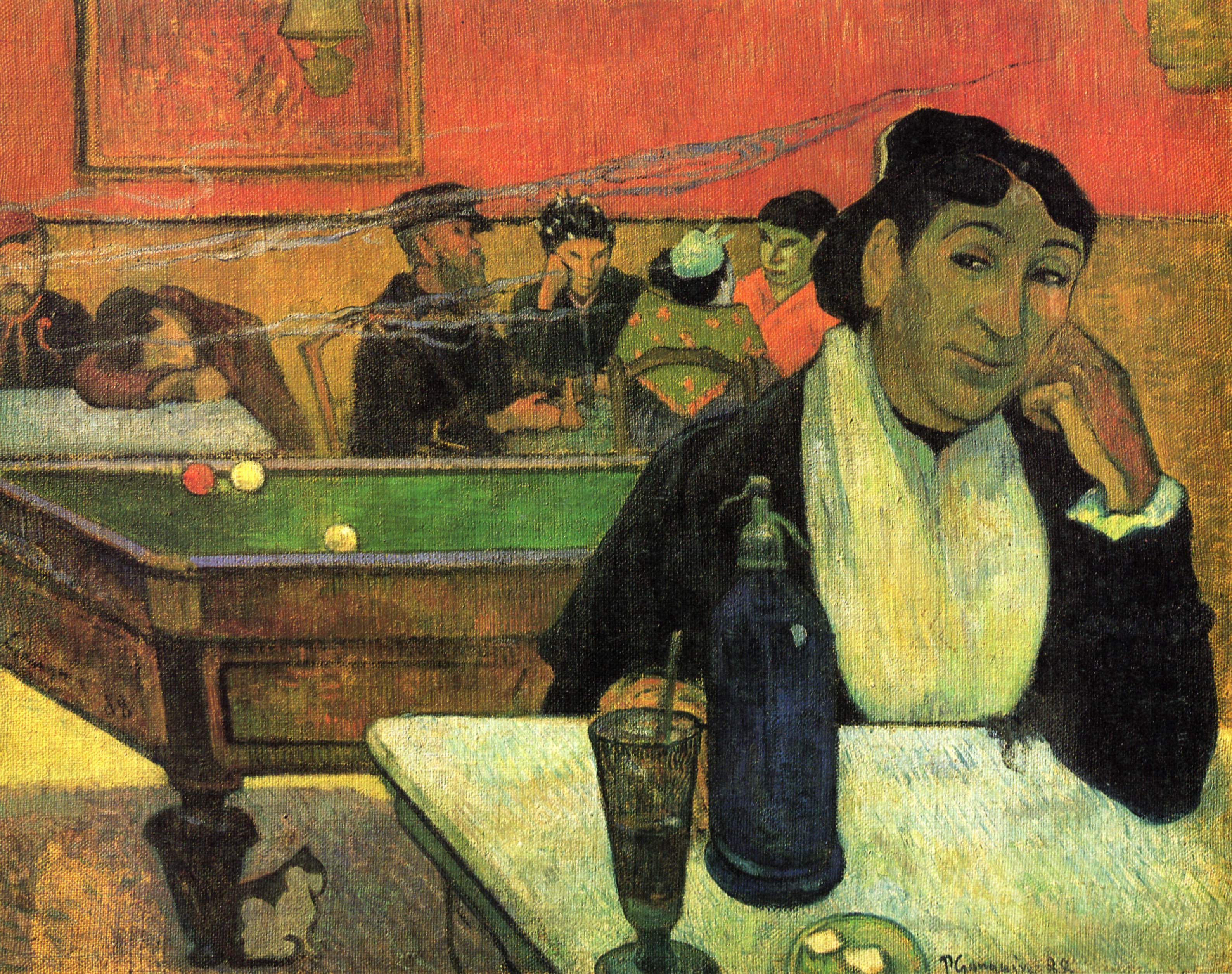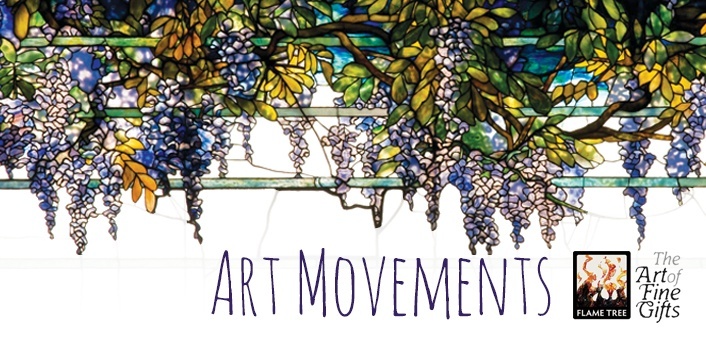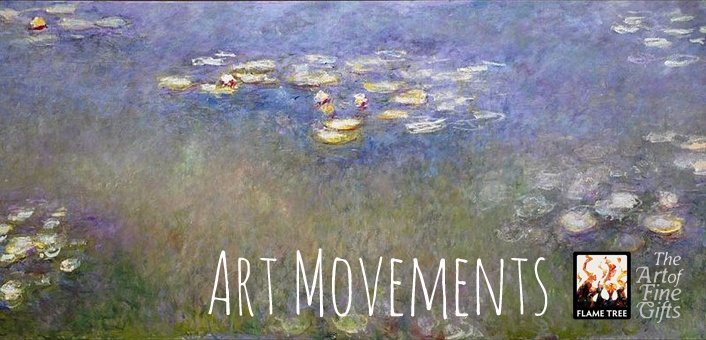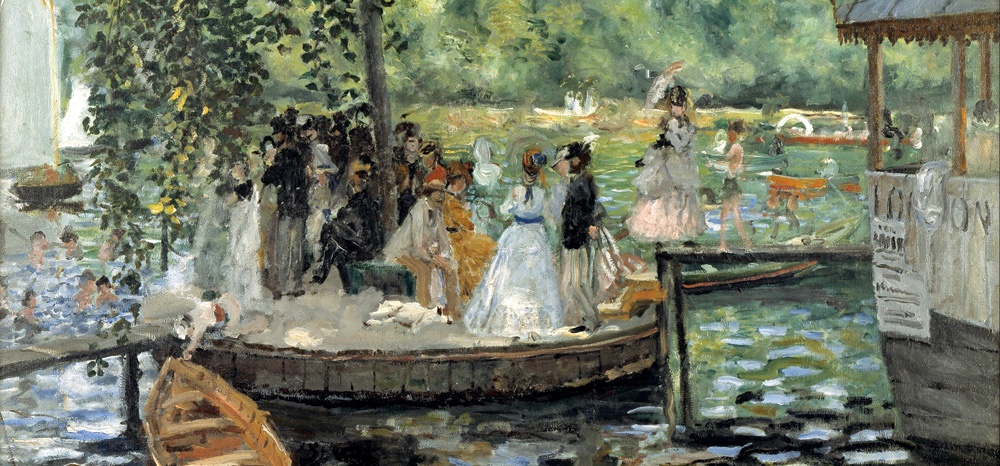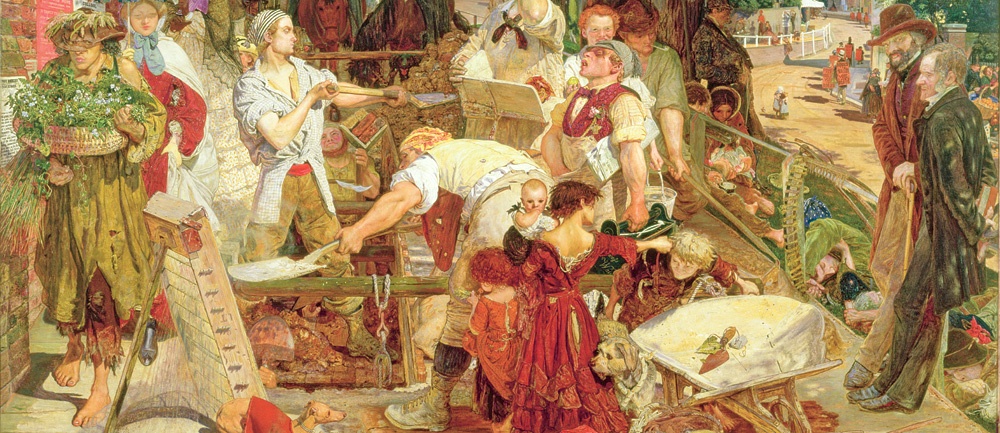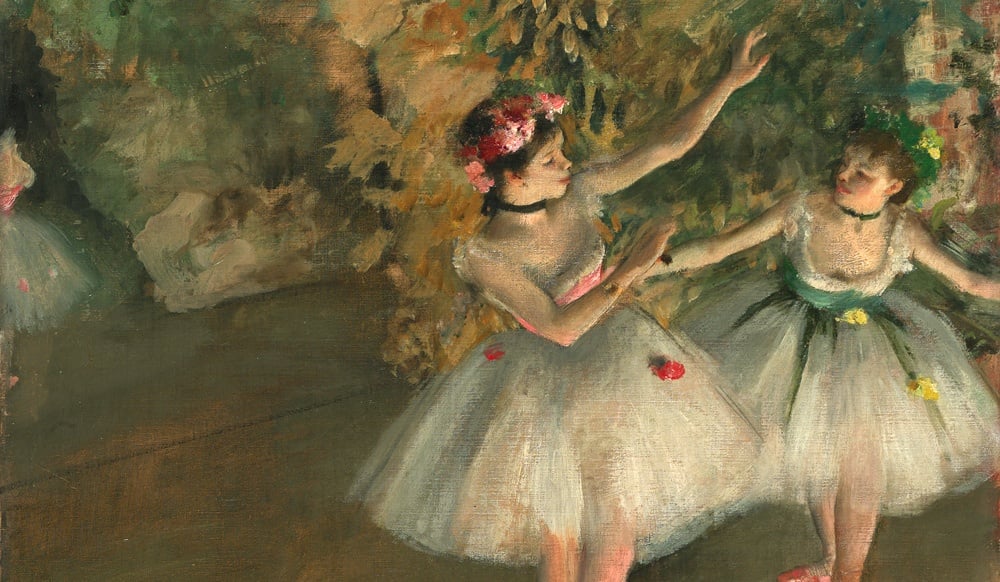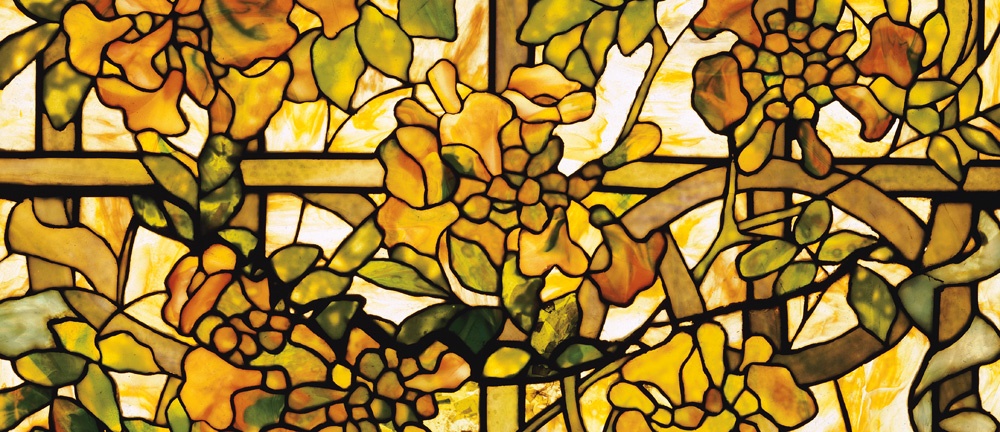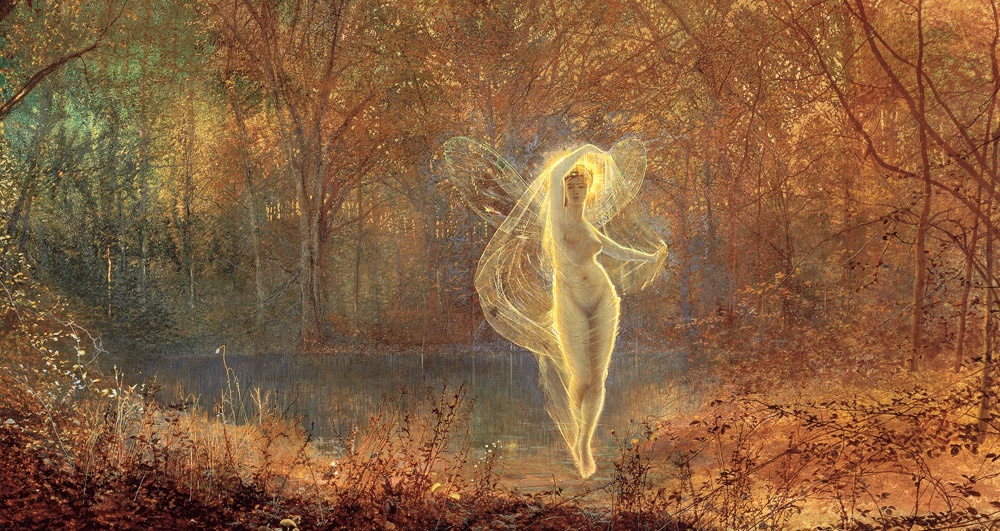Art in the twentieth century, like the social environment in which it was produced, underwent a process of constant and rapid change. Painting in Europe no longer had to represent external reality through a series of pictorial conventions – historical events could be accurately recorded instead through the newer media of photography and film. Changes in the structure of the art market, too, away from the grand public ‘Salons’ to a system of private galleries and collectors, meant that paintings could be smaller, more personal and more experimental. Artists could respond to the changing reality around them and could also aim to be ‘modern’: to produce paintings that were innovative and exciting, full of radical new effects and new meanings.
Visual & Decorative Arts Blog
Topics: Edvard Munch, Vincent van Gogh, Modern Art, Art Movements
The twentieth century saw many radical changes in people’s lives: an increased pace of technological and industrial change; the rapid spread of large urban centres; the development of new means of transportation and communication; innovative scientific discoveries such as the X-ray and the theory of relativity; the growth of consumerism on a large scale; and the chilling reality of mass warfare. Against this background of social, political and technological developments, Western art also underwent a series of radical shifts.
Topics: Art Deco, Art Nouveau, Art Movements, futurism, bauhaus
Inspired by the RA’s new exhibition on Painting the Modern Garden, of which Monet’s stunning Garden of Giverny paintings are a big part, this blog takes a look at one of the most popular art movements: Impressionism. We put it into context – with a brief look first at Realism in France, and its move away from classical art; as well as an exploration into how it formed the roots of Post-Impressionism.
Topics: art of fine gifts, Claude Monet, Impressionism, Post-impressionism, Art Movements
Pierre-Auguste Renoir was born in Limoges in 1841. His father was a tailor and his family lived in the centre of the city, in the shadow of the Tuileries Palace. Aged 13, Renoir had begun work as a porcelain painter for a factory creating pastoral pieces that evoked the Rococo decoration of the 'Ancien Régime', as well as likenesses of Marie Antoinette, a motif he had quickly mastered. In fact, Renoir was so accomplished that before long he was allowed to copy nudes from a book his mother had given him, called The Gods of Olympus by the Great Masters. This quickly earned him the nickname ‘Monsieur Rubens’ among his fellow workers. The nude, the portrait, the landscape: there in miniature are three of the main genres that would occupy Renoir for the rest of his life.
Topics: Pierre-Auguste Renoir
The Pre-Raphaelites were not afraid of social commentary in their work. From child labour to William Holman Hunt’s 1853 piece ‘The Awakening Conscience', which dealt with the problem of prostitution.
Topics: pre-raphaelites
The beginnings of the graphic art of Art Deco lie in the inspirational works of commercial artists such as the Czech artist Alphonse Mucha, who revolutionized poster art in Paris in 1895, and the French artists Jules Chéret and Henri de Toulouse-Lautrec. Their sensational poster depictions of cabaret at the Moulin Rouge in Paris influenced a generation of illustrators.
Topics: Art Deco
It was the art of Paul Cézanne, a fairly solitary man of independent means and independent thought that formed a basis for the development of modern art at the beginning of the twentieth century. The Impressionists had generated a new spontaneity, setting new parameters and effectively changing the way one perceived art, to capture the sensation and the immediacy of modern life. Cézanne, originally affiliated with the group and exhibiting twice with the Impressionists, wanted to ‘make of Impressionism something solid and enduring like the art of the museums’.
Topics: Modern Art
Impressionism emerged during the second half of the nineteenth century, at a time when the Académie des Beaux-Arts was largely in charge of what French art, its content and its style should look like. The Académie favoured traditional values and conventions and they were quick to dismiss Impressionist painters' work because of the latters' disinterest for realism and detailed accuracy. Monet, Renoir and company are known to have taken more interest in perception than description. They preferred landscapes to historical scenes and contemporary life to mythology. Among the Impressionists' most recurrent subjects is the female form, which we will be taking a closer look at in today's blog.
Topics: Impressionism
The American artist, visionary and businessman Louis Comfort Tiffany (1848–1933) is most known for his beautifully crafted selection of windows, lamps and decorative objects, in which rich colours suffuse intricate glass designs. Born into a wealthy family – his father owned the successful jewellery company Tiffany & Co. – Tiffany was determined to be a painter and to see the world. He described his work as the ‘pursuit of beauty’, and it would seem he pursued this intention around the world – he was an eager traveller, soaking up the artistic ideas he discovered in other countries and using them to play with colours and textures in his own work, employing revolutionary techniques in glass-making.
Topics: Louis Comfort Tiffany
As winter chills the air and sheds leaves from the trees, rural settings takes on a new look before the advent of Spring. Yet they are no less intriguing for this change; in fact winter can heighten our sense of fantasy and magical occurrences through the longer stretches of night-time. We see this in the work of fantasy artists who embrace the colder seasons and use them as inspiration for compelling images of fairies and fables. Today we take a look at a handful of images inspired by end of year weather changes. Perhaps they'll even motivate you to render some art of your own.
Topics: fairy art

